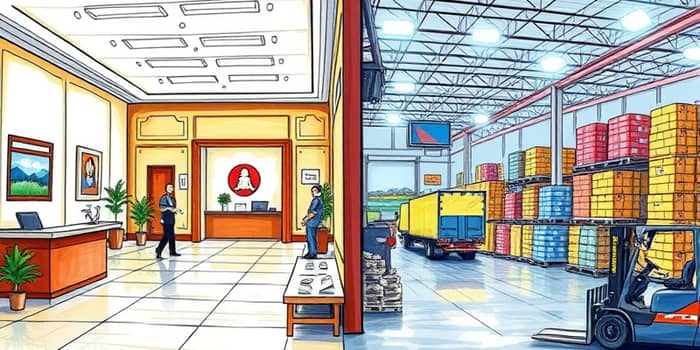
Despite overall employment gains, two critical industries remain stymied by staffing gaps that strain operations, morale, and revenue. From persistent labor shortages in hospitality to daunting recruitment challenges in logistics, businesses are scrambling for solutions.
The leisure and hospitality sector reached 16.991 million jobs in March 2025, barely surpassing its pre-pandemic peak of 16.9 million. Yet, within that recovery, the hotel industry still lags by 200,000 roles. Restaurants, event spaces, and resorts face uneven rebounds based on location and guest mix. Meanwhile, logistics employers—from warehousing to transportation—report similar turmoil: high turnover, unfilled shifts, and recruitment roadblocks.
Though national unemployment rates dipped to historic lows in early 2025, hospitality and logistics continue to vie for talent amid rising demand. Operators warn that without targeted interventions, service levels, safety standards, and future growth will suffer.
These figures underscore an urgent need for creative recruitment and retention strategies as businesses navigate a hypercompetitive labor market.
Several factors converge to deepen staffing gaps:
Additional pressures—from pandemic-related career shifts to policy debates over guest worker visas—compound these challenges. Many who exited during lockdowns have since found alternative paths, while undocumented labor (7.1% of hotel workers) and H-2B program caps restrain supply.
The hardest jobs to fill remain those with demanding schedules or perceptions of low prestige, creating service gaps that directly affect guest satisfaction and operational flow.
Staff shortages translate into operational stress and fatigue for existing employees, leading to burnout and spiraling turnover. Hotel and restaurant managers report longer response times, reduced cleaning cycles, and limited menu offerings due to missing staff. In logistics, delayed shipments and safety incidents rise when skeleton crews handle heavy workloads.
These service lapses drive tangible financial consequences. Missed room turn-downs or late deliveries undermine customer loyalty, while expedited shipping or overtime pay inflate labor costs. In 2024, hospitality wages and compensation reached a record $125.79 billion, but rising expenses often outpace revenue recovery, squeezing profit margins.
While some operators experiment with robot cleaners or autonomous forklifts, most agree that human-centric approaches—fostering community, investing in skills, and listening to employee feedback—drive lasting retention.
Despite uncertainties, 72% of hoteliers believe career prospects remain as strong or stronger than before the pandemic. Yet, the battle for talent shows no sign of abating. Urban hotels may tap into diverse labor pools, but resort destinations face seasonal peaks that outstrip local supply.
In logistics, e-commerce growth sustains hiring demand, but an aging trucking workforce and safety regulations require fresh pipelines of drivers and warehouse specialists. Companies are broadening recruitment to younger candidates and underrepresented groups, aiming to build resilient teams for long-term stability.
The twin crises in hospitality and logistics illustrate how global shifts in worker priorities, demographic changes, and policy landscapes reshape entire industries. Leaders who embrace agile talent strategies and empathetic management will not only fill empty shifts but cultivate loyal teams that propel service excellence.
By balancing competitive compensation, meaningful benefits, and robust career paths—supported by thoughtful technological integration—businesses can transform labor shortages into opportunities for innovation. The road ahead demands collaboration among employers, educators, policymakers, and employees themselves. Together, they can forge a workforce designed for resilience, growth, and shared prosperity in 2025 and beyond.
References













